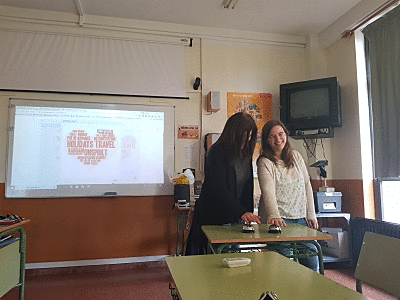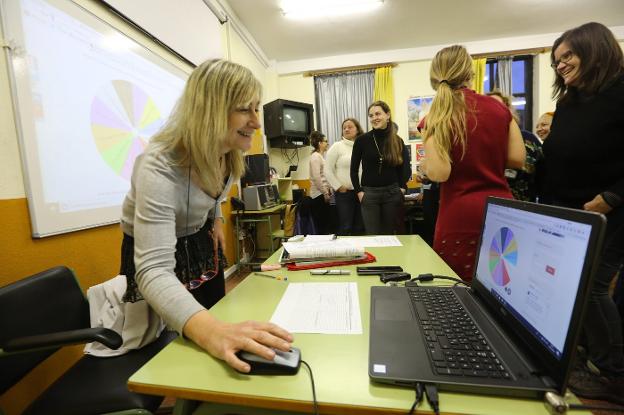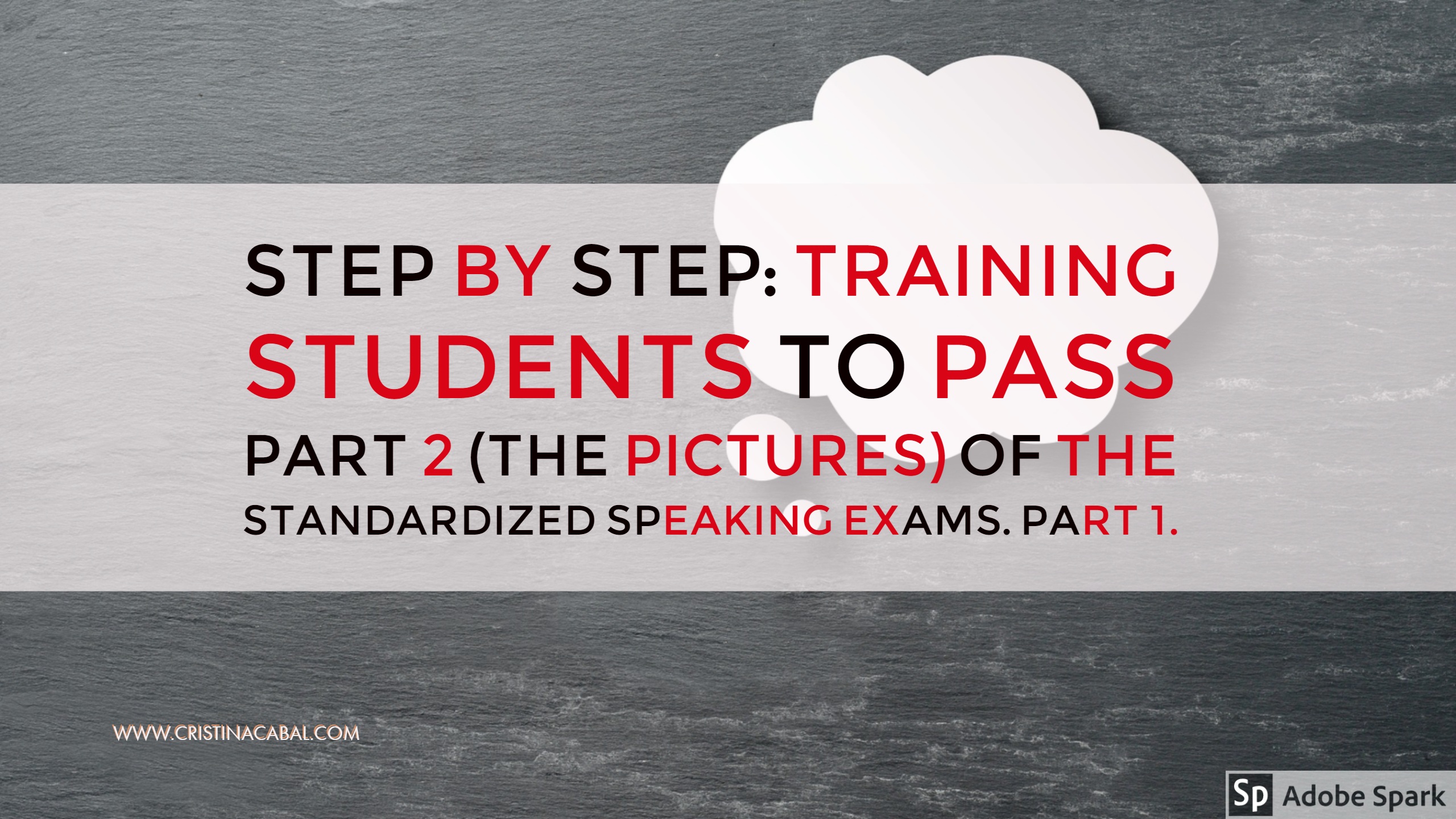It is said that you need to use a new word at least ten times to be able to remember it. I don’t know what to say about it.
I should probably not be saying this, I know I shouldn’t, but I can’t let it pass. For some students, using the word once or twice is enough and for some others, you can work on it and repeat it until the cows come home and still, no luck. If you are a teacher, I know you understand what I mean. Fortunately, this is not true for most of my students 🙂 🙂

This is a simple activity you can do to encourage the use of newly-acquired vocabulary and to help students remember it.
I’m afraid if you don’t have a computer and OHP in your classroom, this activity would probably be useless to you. So, I won’t blame you if you stop reading right now.
- Topic: Travelling and holidays. (You can easily use any other topic).
- Level: Upper -intermediate (I would say this activity will work well with B1 students and upwards)
- Time: about 30 minutes
Pre-game
- Activating previous vocabulary. I introduced the topic by asking students to discuss in pairs some uncomplicated questions, such as:
What kind of holidays do you prefer? Do you prefer package holidays or making your own?
2.Introducing new vocabulary. Nothing fancy here. I introduced and worked on new vocabulary using a variety of activities, but most from their textbook.
Boring part over.
Game.
- Brainstorming. I asked students to close their books and, in pairs, brainstorm words and expressions related to the topic. I completely forbade “easy” words such as plane, ticket or suitcase. Reserve some “Awesomes and well-dones” for the advanced vocabulary they are likely to provide.
- Using a word cloud. In my computer, I opened the free word cloud generator https://wordart.com/ . I like this tool for two reasons:
- it allows you to maintain words together very easily.
- It very nicely highlights the words you want to work with.
I asked a student to help me with the typing of the words. So while I was writing on the board the words students volunteered, he was typing these same words in the wordart app.
- Magic. When all the words were written and after drilling pronunciation and meaning, I cleaned the board, turned on the overhead projector and magically displayed the word cloud containing all words they had provided.
(click on the image)
Steps 1, 2 and 3 took about 5 minutes.
- Teams. I divided the class into two teams and asked a representative of each team to come to the front of the class facing away from the board where the word cloud was displayed. Let’s call them Captain A and Captain B. Place a table (or two) in front of the students and on the table(s) place two reception bells. I got mine from the Chinese Bazaar shops. If you can’t find the bells, any other sound would do! But, there has to be a sound, mainly, because it’s fun!
Procedure:
Team A starts. I point to a word (very nicely highlighted in this app) and team A has to describe the word to their captain using synonyms or paraphrasing. The only problem is that both Captains can press the bell if they know the word. Teams have 1m 30´ to describe as many words as possible.
Award one point for each correct guess.

Some more rules:
- If the two captains press the bell and answer at the same time, the point is awarded to the captain whose team is playing.
- If the two captains answer at the same time, but one of them has not pressed the bell, the point is awarded to the other team.
- If a captain gives the wrong answer, he cannot answer again until the other captain has had a chance at guessing. In this case, the other team can try to explain the word to their captain.

Have fun while teaching and your students will learn better!!!





